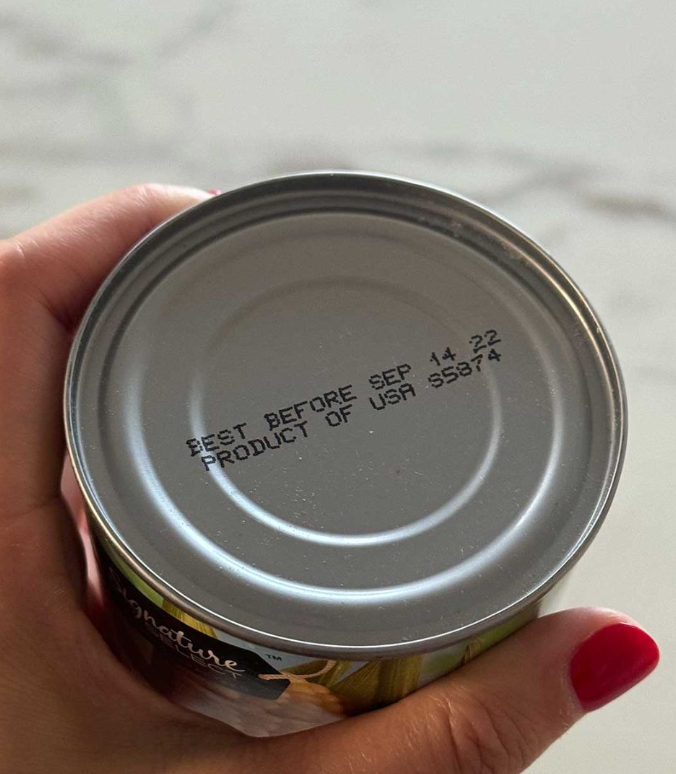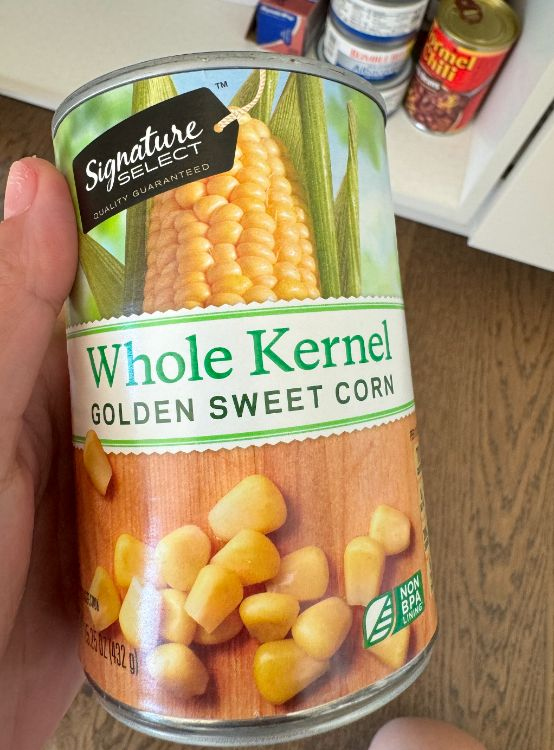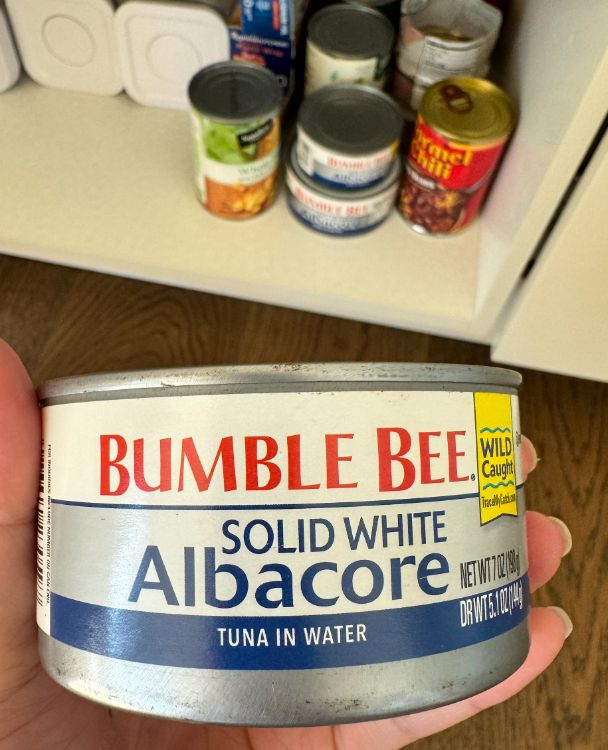If you’ve ever tossed out a perfectly good can of corn or tuna because the “best by” date had passed, you’re not alone. Many people assume these labels mean the food is unsafe to eat after that date—but that’s not entirely true. “Best by” and “best before” dates are not the same as expiration dates. Instead, they indicate the manufacturer’s estimate of when the product will be at its peak flavor, texture, and quality.
When it comes to canned foods, the story gets even more interesting. Properly stored canned items often remain safe well beyond their printed date. Understanding how to read these labels and what to look for in your pantry could save you money, reduce waste, and keep your meals safe.

What ‘Best By’ Dates Really Mean
Manufacturers use “best by” dates to signal freshness, not safety. Think of it like a “peak performance” marker. Your food doesn’t suddenly become harmful once the clock strikes midnight on that date. Instead, over time, flavor and texture may start to change.
Canned foods, in particular, are designed for long shelf lives. Thanks to airtight seals and sterilization during processing, they can remain edible for years past their “best by” dates—if stored properly.
Canned Corn: How Long Is It Good After the Date?
Canned corn is one of the most common items in a pantry, and the good news is it has impressive staying power. When stored in a cool, dry place, canned corn can last 1–2 years past the printed “best by” date.
However, quality does decline over time. The kernels may become softer, and the flavor may lose some of its natural sweetness. The real key is inspecting the can itself. If it shows bulging, rust, or leaks, it’s not safe to eat. If the can looks fine, chances are the corn inside is still good.
Video: Food expiration dates don’t mean what you think
Canned Green Beans: A Similar Story
Like corn, canned green beans can remain safe for up to 1–2 years beyond their “best by” date if stored properly. The texture may soften and flavor may fade, but safety isn’t the issue—it’s quality.
As always, the biggest warning signs are external: dents, swelling, or damage to the can. If you notice anything unusual when opening, like an off smell or discoloration, it’s best to toss it.
Canned Tuna: Long-Term Shelf Life Champion
Among pantry staples, canned tuna takes the prize for longevity. Properly stored, it can often remain safe for 3–5 years past its “best by” date.
But here’s the catch: while it may still be edible, the quality can decline significantly over time. Tuna can develop an unusual smell, mushy texture, or dull appearance. Trust your senses. If it doesn’t look, smell, or feel right, don’t eat it.
How to Store Canned Foods for Maximum Freshness

Proper storage is what separates cans that last years from cans that spoil early. Follow these simple guidelines:
- Keep it cool and dry: Store cans away from direct sunlight, heat, or damp areas.
- Stack smartly: Place newer purchases at the back of your shelf and bring older cans forward to use first.
- Handle with care: Avoid dropping or denting cans, which can weaken the seal.
- Seal leftovers properly: Once opened, transfer contents into a sealed container and refrigerate for short-term use.
These habits not only extend shelf life but also reduce waste and ensure you always have safe, ready-to-eat food available.
Spotting Spoiled Cans: Red Flags to Watch For
Even if a can is within the “safe zone,” certain warning signs mean it should go straight into the trash:
Video: The Surprising Truth About Canned Food Expiration Dates
- Bulging sides or ends
- Rust around the seams
- Leaks or sticky residue
- Hissing or spurting liquid when opened
- Unpleasant odor or unusual texture inside
Think of these as red stoplights—ignore them, and you’re taking a risk that’s not worth it.
Why This Matters: Reducing Waste and Saving Money
Understanding the difference between “best by” and actual spoilage can save households a significant amount of money. Studies estimate that millions of pounds of perfectly good canned food are thrown out each year because of misunderstood dates. By learning how to properly interpret labels and inspect cans, you’re not only saving money—you’re also cutting down on unnecessary food waste.
Conclusion: Don’t Let the Date Fool You

“Best by” dates on canned goods aren’t expiration dates. They’re simply guidelines for peak quality. Canned corn and green beans can often last 1–2 years beyond the date, while canned tuna can stay safe for 3–5 years if stored properly. The real key is inspection: trust your eyes, your nose, and the condition of the can itself.
So next time you’re about to toss a can just because the “best by” date has passed, stop and check first. Chances are, your pantry is holding more safe, edible food than you think. And that little bit of knowledge could save you money—and dinner.


